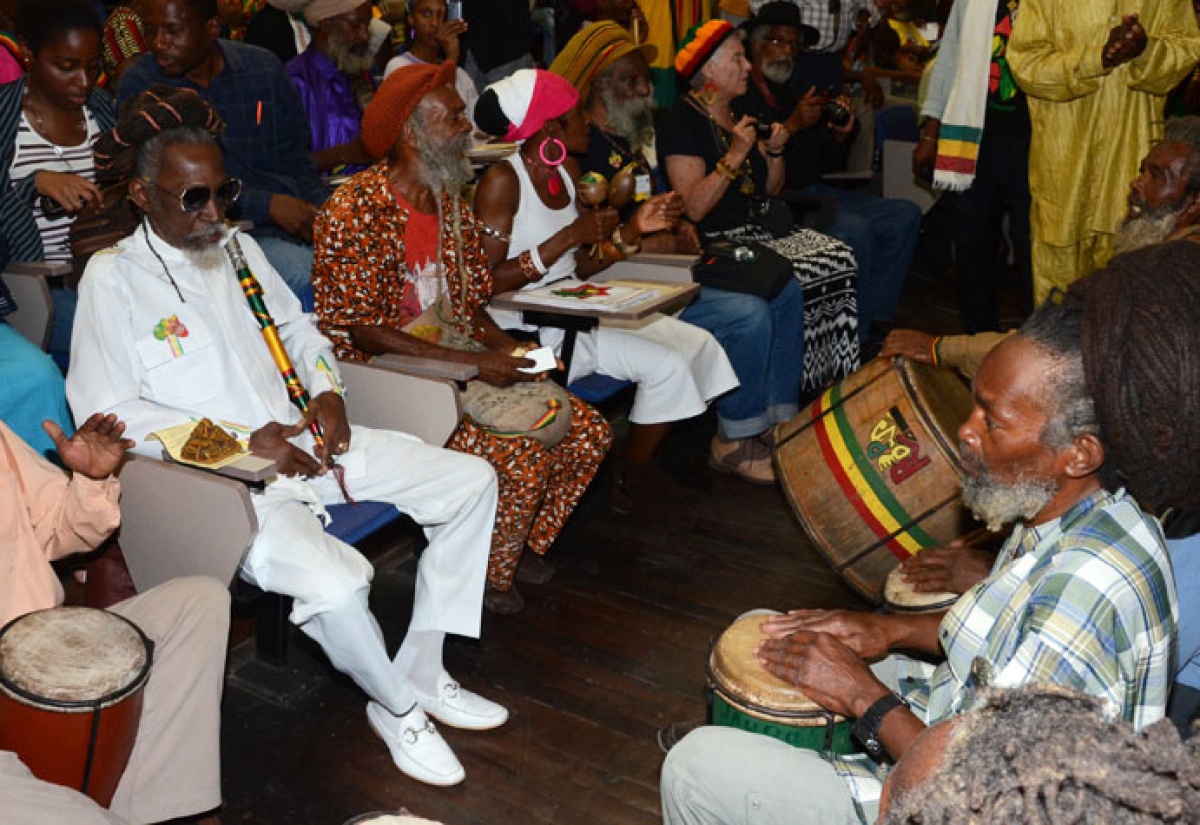Church of Haile Selassie I Gets Legal Status
October 29, 2013The Full Story
The Government has officially recognised the Church of Haile Selassie I as part of the religious expression of the Rastafarian movement in Jamaica.
This follows the passage of the Church of Haile Selassie I (Incorporation and Vesting) Act, 2013 in the Senate on Friday, October 25, after it was approved by the House of Representatives on October 8.
Piloting the Bill in the Upper House, Justice Minister, Senator the Hon. Mark Golding, noted that the legislative establishment of the Church of Haile Selassie I will further legitimise the faith and religious practices of Rastafarians and their families.
Noting that this signals a historic moment in Jamaica, Senator Golding said he is particularly pleased that after spending several years before the Private Bill Committee of Parliament, the legislation “has finally successfully emerged from that process”.
The Bill seeks to make provision for the incorporation of the Church of Haile Selassie I and to vest certain assets in the church and to allow it to hold property.
Supporting the Bill, Opposition Senator, Robert Montague, said he is pleased that a “home grown” religion, has finally received legal status and state recognition in Jamaica.
“The Rastafarian movement has contributed significantly and positively to our history. There have been incidences in the past that would need, maybe, some investigation, and lessons can be learned from that…and to encourage the Minister to reach out to the other sector groups so that they too can be legitimate,” he said.
Government Senator, Lambert Brown also gave his support for the Bill, contending that it “has been a long road for the Rastafarians” who have been setting positive examples and have been preaching self-reliance as part of the way forward for the country.
“I’m happy to associate with all of the progressive and positive contributions that the Rastafarians (have made to the country). Despite oppression, despite brutality, despite all the negative things said about them by high society, they have led the way. I’m very happy that today, I can participate where we recognise the religious practices of a group of Rastafarians….I’m happy that we are recognising them today and allowing them to be part of the system, because they have been positive,” he said.
Among the aims and objectives of the church are to develop the social and administrative mechanisms to organise and centralise the Rastafarian movement according to the operational guidelines, which the federation and the movement see fit; to achieve official recognition for the federation and Rastafarians, leading towards democratic representation; and to provide cultural and political education for members of the federation, Rastafarians and for others, who conscientiously wish to become informed about the movement.
The Church of Haile Selassie I was formed in 1987, by Brother Emmanuel Fox, a Rastafarian activist along with other brethrens.


